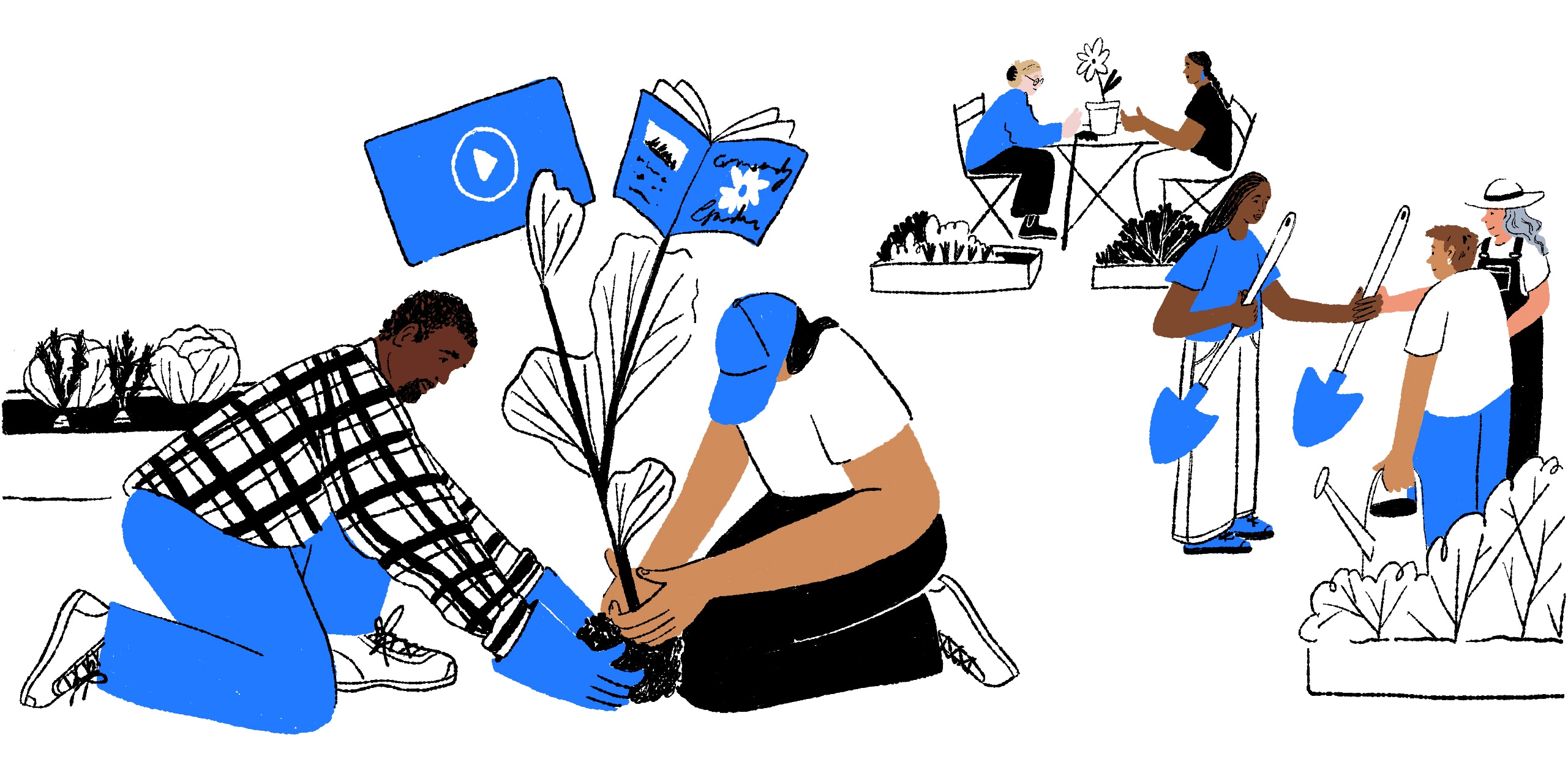Communications rooted in equity help us ensure that everyone gets the information and resources they need to live healthier, happier lives.

By Paj Nandi
Vice President of Equity & Multicultural Communications
Communicators’ efforts can fall short of reaching audiences in historically excluded and underrepresented communities. But by grounding communications in the principles of equity and social justice, we can help ensure that all voices are sought, heard and valued — and that we’re reaching people with meaningful messages that lead to positive change.
At DH, we’ve learned that equity-centered communications can be inherently disruptive to the status quo and to our comfort. We’ve also learned they foster trust and inclusivity among our partners and audiences, lead to better outcomes, and promote justice for everyone. Communications rooted in equity can reach intended audiences much more effectively than traditional mass-media communications and campaigns.
Equity-centered communications:
Promote inclusivity.
Approaches rooted in equity help ensure that everyone, regardless of their background, gets the information they need when they need it.
Build trust.
Equity-centered strategies directly involve and center community members whose lived experiences, perspectives, values and wisdom inform and guide the work. This builds credibility and leads to authentic connection with audiences.
Improve outcomes.
Equity-centered communications include messages tailored to reach and meet the specific needs and cultural contexts of communities. They also address or dismantle structural barriers to change. They are more likely to be effective, leading to better health, economic and social outcomes.
Can be a source of healing.
When we center community power, strengths and cultures, individuals feel seen, understood and validated. For many, this can support resilience and healing from historical trauma and oppression.
Lead to justice.
Communication is power — the power of voice, choice and representation, and the power to create change. When we re-orient communication systems toward social justice, we can help people thrive who’ve been denied access to power.
The limits of traditional models.
As communicators whose work is anchored in equity, we understand that many people in marginalized communities lack access to resources and information that would help them live healthier, happier lives. We also know that traditional communications systems and tools aren’t exempt from the forces of systemic racism and other structural inequities that persist in our society.
Communications grounded in equity seek to overcome some of the challenges related to traditional frameworks. To begin with, traditional communications strategies often employ a “top-down” approach, focusing on broad engagement metrics like clicks and shares. These metrics can be valuable, but they also can perpetuate inequities by focusing on more privileged groups.
Traditional models also can come with:
Aggressive timelines. Rushed programs make it hard to engage with audiences meaningfully and to incorporate their ideas and feedback.
A misunderstanding of diversity. Many traditional campaigns don’t account for the multicultural and intersectional experiences of their audiences, including within communities. For example, if you don’t understand the specific needs of Black trans individuals when creating messaging for the “LGBTQ+ community,” you miss an opportunity to reach them effectively.
A lack of representation. When communications teams lack the lived experiences of the communities they’re trying to reach, they can inadvertently perpetuate stereotypes and narratives rooted in bias.
Looking deeper and listening better.
Equity-centered communications require us to understand and address the specific barriers that prevent people in specific communities from accessing information and resources. They also require messages and visuals that reach audiences in meaningful ways.
Among principles and practices that help us accomplish these objectives:
Following community wisdom and collaborating with community partners.
Rely on the knowledge and guidance of audience members who are trusted as leaders and credible voices in their communities. Work closely with local organizations and leaders who understand their communities’ needs and can act as authentic messengers and advisors.
Looking beyond traditional data and learning from individuals’ lived experiences.
This can help identify hidden disparities and community assets that could help address them. Listen as community members describe their specific needs, challenges and identities. They are the experts on their experiences, desires and needs.
Co-creating messages.
Develop communications that include ideas and perspectives from audience members. This helps you understand and reflect the cultural and linguistic nuances within communities, as well as their social, cultural and political contexts.
Invest in community infrastructure.
Support local organizations and multicultural initiatives that empower local voices. Invest in community media. Compensate campaign participants for their expertise and time.
Address communication barriers rooted in inequity.
Uncover and solve for issues related to access; factors like where people live, income and other social determinants of health; and historical trauma.
Doing work that strengthens communities.
By authentically engaging community members and including their wisdom and ideas in the work, we can help build stronger, more resilient communities. At DH, our equity-centered work has helped to shape our points of view as communicators and as humans.
A few projects demonstrating our equity-centered principles at work in branding, social change marketing, and other projects:
Are you curious about how you could use communications grounded in equity in meaningful ways? Or do you want to offer a perspective? I’m always up to share ideas. Send me an email.





